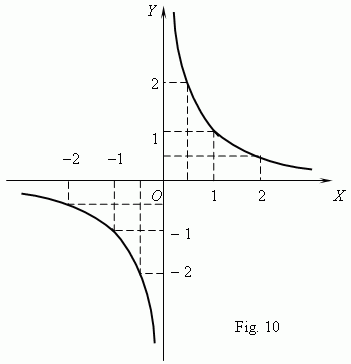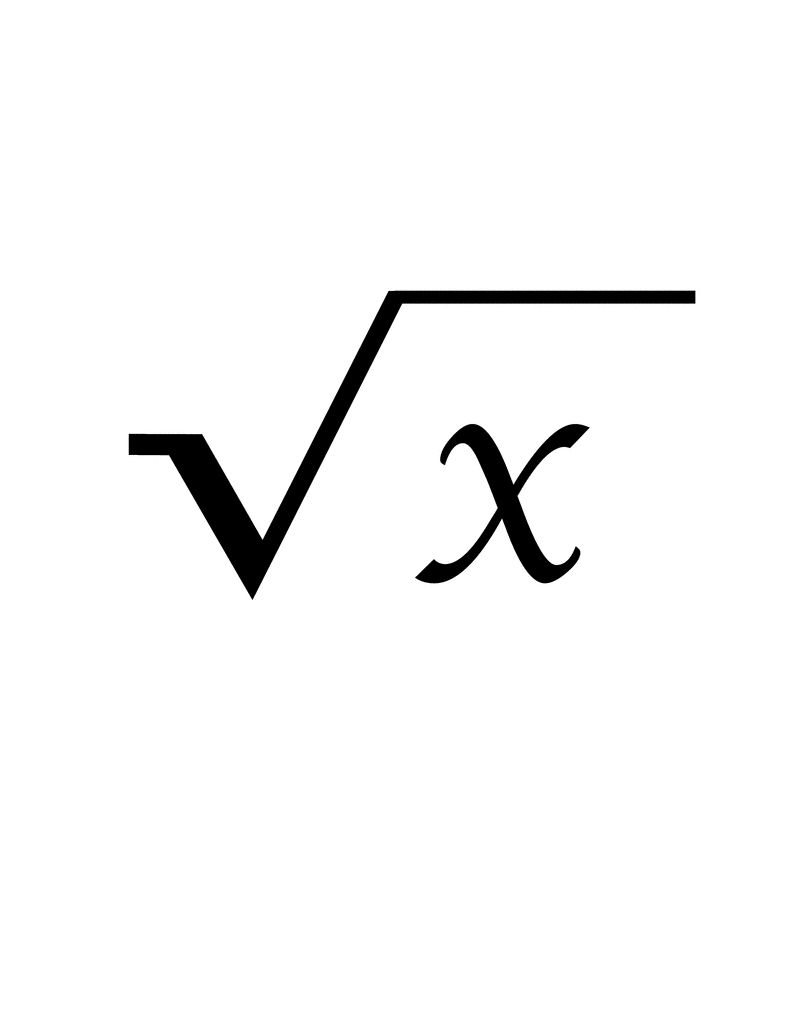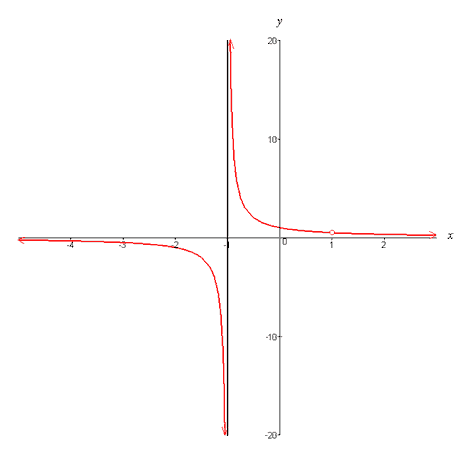Difference of two squares
- a2- b2 = (a + b)(a - b)
- x2- 25 = (x + 5)(x - 5)
- y2- 49 = (y + 7)(y - 7)
- z2- 16 = (z + 4)(a - 4)
- y2- 49 = (y + 7)(y - 7)
- x2- 25 = (x + 5)(x - 5)
- a2 + 2ab + b2 = (a + b)(a + b) or (a + b)2
- a2 + 4a+ 4= (a+ 2) (a + 2) or(a +2)2
- a2 + 8a + 16 = (a +4)( a+ 4 ) or (a +4)2
- a2 + 10a+25 = (a + 5 )( a + 5 )or (a + 5 )2
- a2 - 2ab + b2 = (a - b)(a - b) or (a - b)2
- a2 - 14a + 49 (a - 7) (a - 7) or (a - 7)2
- a2 - 16a+ 64= (a - 8) (a -8) or (a - 8 )2
- a2 - 18a+ 81 = (a - 9) (a - 9 ) or (a - 9)2
- a3 - b3
- 3 - cube root 'em
- 2 - square 'em
- 1 - multiply and change
- x3-27
- x3-1
- 8y3-125
- a3 + b3
- 3 - cube root 'em
- 2 - square 'em
- 1 - multiply and change
- q3+1
- a3+125
- h3+64











